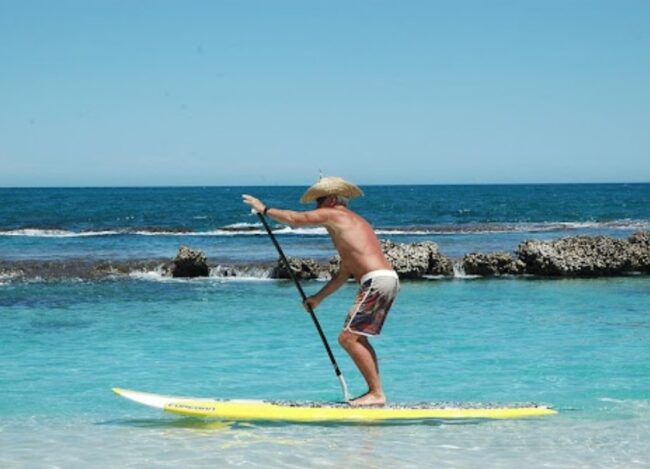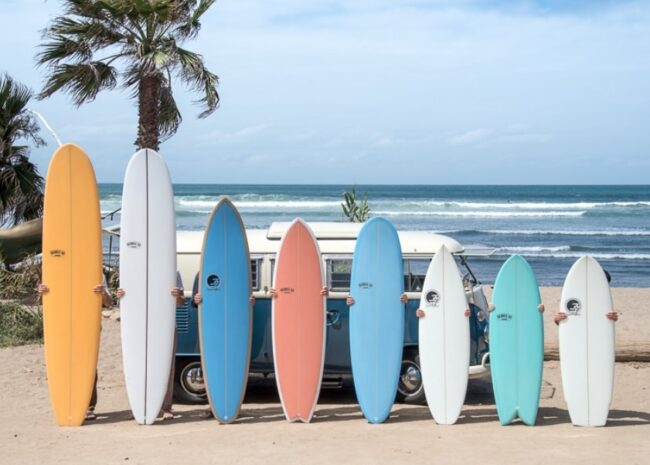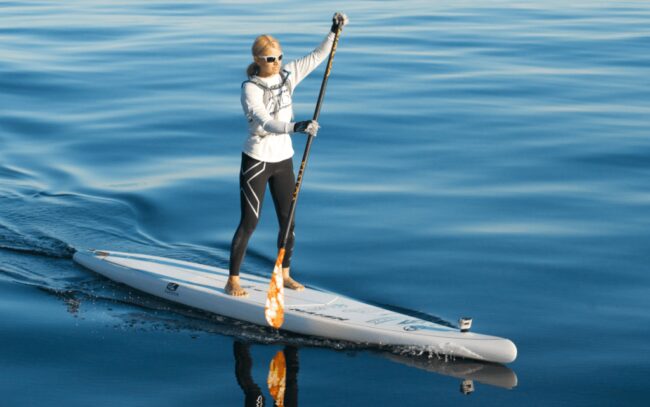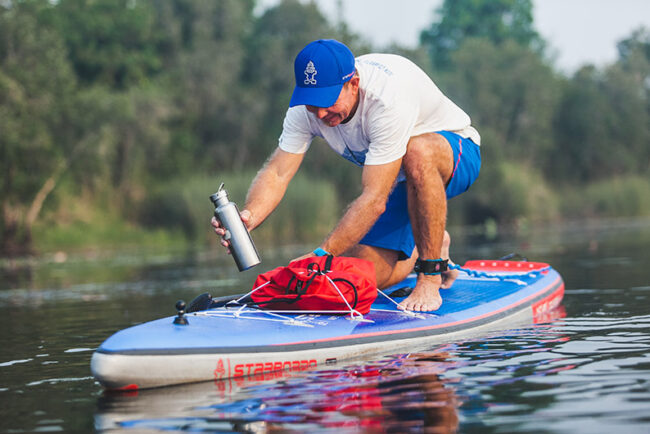Stand-up paddleboarding is one of the best ways to enjoy the great outdoors. Just imagine SUPing in a calm lake with nature surrounding you and the warm sunlight hitting your skin. Paradise! But every beginner stand up paddle boarder makes one crucial decision early on in their paddle boarding journey.
A decision that is so important that it affects their growth in the sport. This is choosing a paddle board. In this article, we take a look at 2 popular paddle board types and their capabilities and which one is the right one for you. If you are ready, read on.
What are touring boards?

First up is the Touring stand-up paddleboard. Touring is a relatively new addition to the stand-up paddleboarding family. To put it simply, it is exploring a body of water (rivers, lakes, lagoons, etc.) while on a paddleboard. This activity focuses more on mobility and efficiency and speed.
Because of this, touring boards are designed to be easy to maneuver.
They are also made to easily cut through the water increasing efficiency and minimizing energy used to move forward. The boards are usually narrower and have a pointed nose making it easier to gut through the water. This makes them go straighter and faster than other boards.
This also makes them difficult to balance on. They easily tip from side to side making them less ideal for beginners and some intermediate paddlers. But if you want a fast board that’s good for long-distance travel, this is a good board to have.
What are all-around boards?
All-around stand up paddle boards, as their name suggests, are designed to be versatile. They were the earliest designs to be developed during the Sup’s early days. Their designs borrow heavily from the surfboards and longboards that were available at the time. Over the years they have gained a few features that further distinguished them from surfboards.
All-around stand up paddle boards are typically wider and have a more rounded shape than other SUPs. They have a round nose that points slightly upwards. This helps them navigate waves as well as flat waters like lakes and rivers. Their wider silhouette makes it easy to balance.
Their design and versatility make them good beginner boards. In fact, they are the recommended starter board for every newcomer to the sport. One major drawback to these boards is that although they work okay in most cases, they are still outperformed by specialized boards. They aren’t as maneuverable as surfing SUP nor are they fast and efficient like touring boards.
How to pick your board

Now that we know what these two boards are, you might be thinking about picking one up. If you are still unsure on what board to pick or what suits your needs, here are a few things to consider. Given a good source of boards here.
Skill level
The first deciding factor is your skill level. As a beginner, you want something that’s easy to handle, pretty stable, and lets you discover a lot of locations. This is where all-around paddle boards excel. They are so beginner-friendly that they are the number one choice for newbies to the sport.
If you are an experienced paddler looking to do a lot of long-distance paddling, consider getting a touring SUP instead. They are purposely designed to be effective, fast, and efficient perfect for exploring rivers and lakes. They are also perfect for veteran paddlers looking for a bit of a challenge.
Type of activity

If you are planning to try every subgenre of the sport then all-around boards are the best choice. They can pretty much go anywhere from riding the waves to leisurely cruising calm lakes and lagoons. All-around boards are also great go-to boards to bring along spontaneous trips.
If you want to focus on long-distance touring then it might be the time to grab a dedicated touring board. This will vastly improve your paddling experience.
Touring boards are designed to be efficient therefore you conserve your energy in paddling which lets you go farther. They work great in small waterways too where the wider all-around can’t go.
Paddling Locations
Where you want to paddle also determines the type of board to bring along. For slightly turbulent waters like the beach or a big lake, going for an all-around paddle board is the best. Their wider footprint makes for a stable platform. This allows you to stay on the board even in less than calm conditions. They also work great on flat and calm water though their shape makes it hard to glide smoothly on the water’s surface.
If you are planning to go inland to places like lakes, rivers, creeks, and canals, a touring board might be the best for you. They are designed to be maneuverable even in tight quarters such as small creeks and waterways. Their narrow shape also makes them easy to carry around whenever you portage out in the woods.
Availability

Finally is the availability. We put this last since, with online shopping and worldwide delivery, availability has been less of a problem. However, this doesn’t mean it has no effect on the board you can get. All around, given their popularity, are everywhere. Most, if not all, surf and sporting goods shops have them in stock.
Because they are so popular they also tend to be more affordable than other choices. Touring stand up paddle boards on the other hand are specialized boards for a niche purpose. Though still popular amongst the community, they aren’t as ubiquitous as the all-around paddle boards. Because of this, they also come at a premium which can be an added challenge to getting them.
Conclusion
Ultimately, the best judge on which board to use is you. The board you pick up should 100% cater to your needs and skill level. So whichever you pick up, always bear in mind what adventures you plan to make and which destinations you want to go to. Remember the best board is the board you want to ride all the time.
Source:
Paddleboards.com
